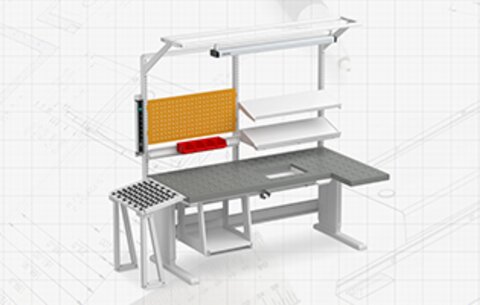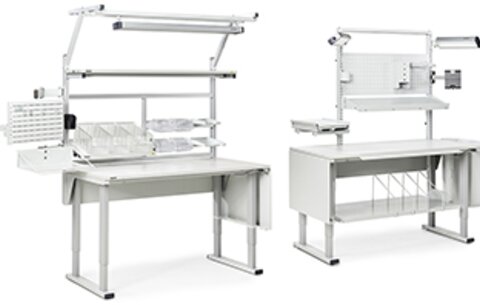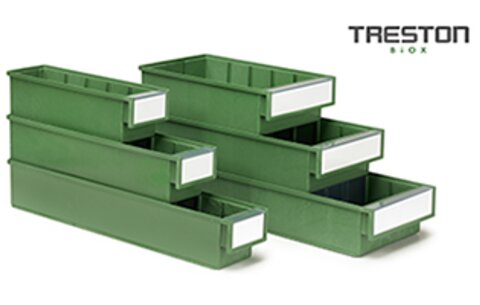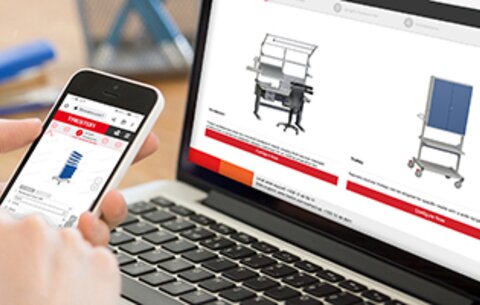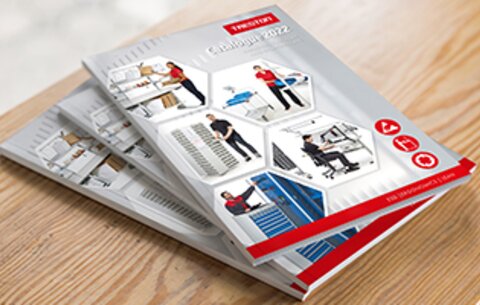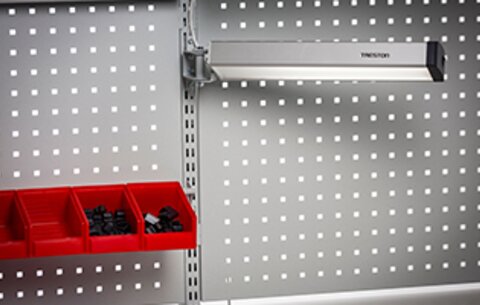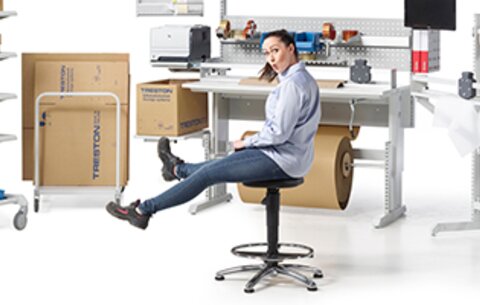

Organisation increases efficiency; choose durable storage bins for industrial use
In this article, we will stimulate your thoughts on the choice of storage bins. A little work on organisation can make operations significantly more efficient and can improve ergonomics and safety at work, not to mention the level of comfort and the company brand and image.
Do you need new ideas for organising your workspace?
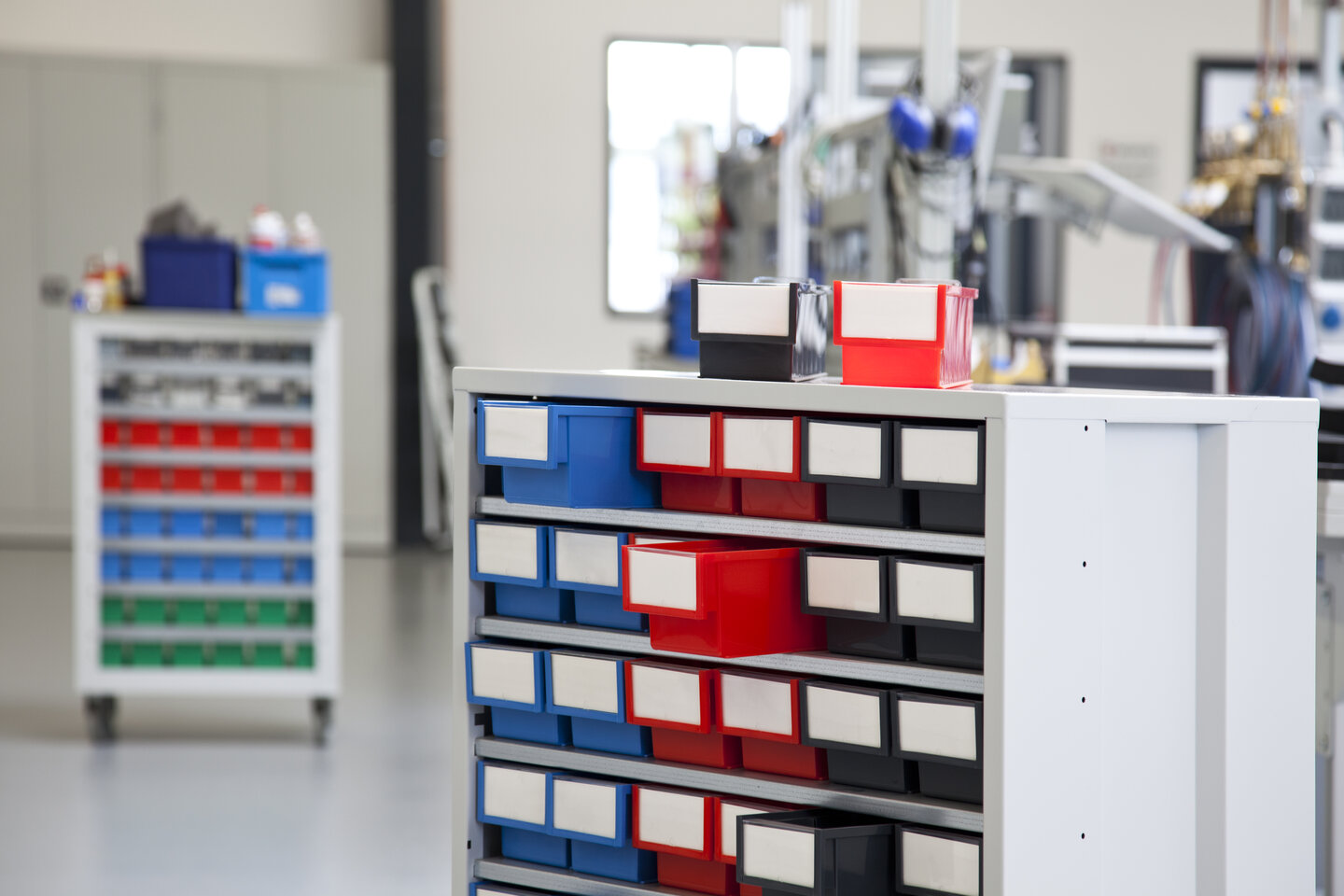
How to get started with choosing a storage bin for industrial use
A clean and organised workplace supports an efficient and safe work environment. Things lying around in the wrong places can, for example, easily cause a risk of tripping and increase time wastage. The best decision in choosing storage bins is made by observing current processes and identifying needs.
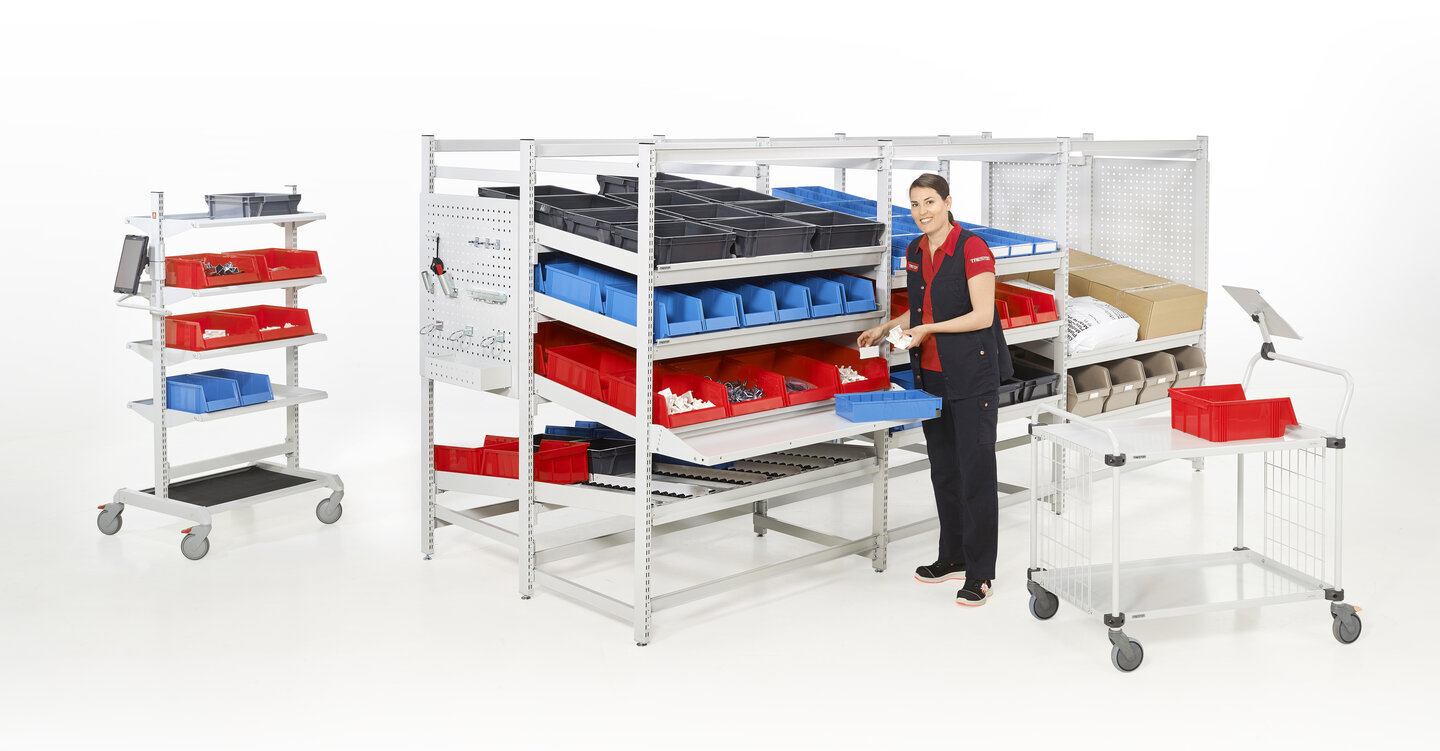
Determining storage locations in advance helps significantly in creating a functional environment.
When analysing the current situation, these 7 questions may be useful:
-
Which items are not where they’re supposed to be?
Are there some items in the work environment that easily get left lying around? It is good to place the most used items at an ergonomic height, as close as possible to the work being performed, while the less frequently used items can be moved to the side. Minimising unnecessary or excessively long pick-up distances promotes work efficiency and reduces the physical load of work. Determining storage locations in advance helps significantly in creating a functional environment. -
Which items should be stored and where?
Is there something unnecessary in the work environment? There may also be too many of the same items. It is worth getting rid of unnecessary items for clarity and to save space. Even if a place is left empty, it can contribute to increasing the comfort and clarifying the functions of the space.
|
Priority |
Usage |
Location |
|---|---|---|
|
Low |
Less than once a year |
Recycle or store furthest away |
|
Low |
About once a year |
Store further away |
|
Medium |
Once in 2-6 months |
Store in one location*, not close to the workstation |
|
Medium |
Once a month |
Store in a dedicated unit** |
|
Medium |
Once a week |
Store in a dedicated unit** |
|
High |
Once a day |
Store in a dedicated unit** in the workstation or carry with you |
|
High |
Once an hour |
Store in a dedicated unit** in the workstation or carry with you |
* Store in one location = The same storage unit (such as a bin) can contain multiple different items.
** Store in a dedicated unit = The same storage unit (such as a bin) contains only one type of item.
When all the items have their own places, anyone can put them back where they belong and detect deviations.
-
What is the size of the items? How many of them are there?
By carefully measuring the goods as well as the shelves, cabinets, or levels where the bins are to be placed, you can avoid buying the wrong kinds of bins. Map out the quantity of goods initially, as well.
Note: In an ergonomic work environment, heavy or awkwardly shaped items are placed below elbow height. -
How should the storage bins be labelled?
Are bins of different colours needed for different types of items in the work environment, or is it enough to label the storage bins? Does the company have its own brand colour that should be used? When all the items have their own places, anyone can put them back in their own places and detect deviations. The training of new employees also runs more smoothly when the items are found in their designated places.
-
Are the items clean or dirty?
Are oily or dirty items to be stored in the storage bins? For example oil resistance is an important feature in workshops.
Chemical resistance is an important aspect to consider when choosing the storage bins. Even Treston BiOX bioplastic bins have excellent oil-resistance. They can withstand the effects of oils, most acids and solvents -
Are the bins to be used in an EPA area?
It must be ensured that ESD-protected bins are selected for EPA areas. Treston's range includes a wide selection of ESD storage bins. Learn more about Treston ESD storage bins -
Is responsibility an important matter for the company?
If the company’s goal is to switch to more responsible materials in procurement, it is worth mapping out different material options. In addition to traditional plastic storage bins, Treston BiOX bioplastic bins, designed for industry, have arrived in our selection. Treston ReBOX bins, made of recycled plastic, are also a responsible choice.
Consider the environmentally friendly options
Do you need new ideas for organising your workspace?

Get to know Treston storage bins
Treston stacking bins
Stacking bins provide easy access to the items stored in them, as the products can be seen through the open front.
Treston shelf bins
The bins stack firmly on top of each other, including those that are different lengths but the same width. Straight sides and side-to-side dividers, available as accessories, ensure efficient use of space.
Storage, picking, and small bins
We have a wide selection of storage bins, ranging from heavy item storage and handling solutions to organising and using very small parts and components.

